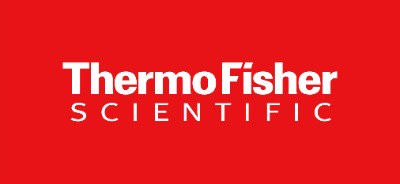Considerations and Approaches for Time-Resolved Cryo-EM
Free Virtual Seminar
December 4, 2024 | 11:30 AM EDT
About the Event
Structural biology has grown in strength with single particle cryo-EM emerging as a leading technique over the last decade. One advantage of cryo-EM is the ability to work outside of the crystalline environment to study protein dynamics, but this is typically limited to equilibrium states. Time-resolved cryo-EM captures short-lived states through freezing of the sample at specific timepoints to add temporal resolution. Time-resolved preparation of cryo-EM specimens requires grid freezing devices with capabilities beyond those currently available from commercial instruments. Professors John Rubinstein, Alexander Sobolevsky, and Edward Twomey will describe a simple and easily customizable open-source approach for building computer-controlled grid freezing devices for time-resolved cryo-EM experiments. High-speed grid freezing with a custom device revealed conformations of the kainate receptor GluK2 that could not be observed with other devices. Further development to couple grid plunging with photoactivation of enzyme substrates provides millisecond time resolution in experiments. Professor Stephen Muench will then discuss some of the different approaches developed at his institution that allows cryo-EM work in the seconds, milliseconds and micro-seconds time-scales and the strengths and limitations of each approach. He will also discuss some of the broader hurdles that need to be overcome in the field and also the incredible opportunity, not just within single particle cryo-EM, but how the parallel development of time-resolved methodologies within for example X-ray crystallography, Mass-spectrometry and Atomic force microscopy, provides an excellent opportunity to add temporal resolution into structural biology.
Our Speakers
In Partnership With
